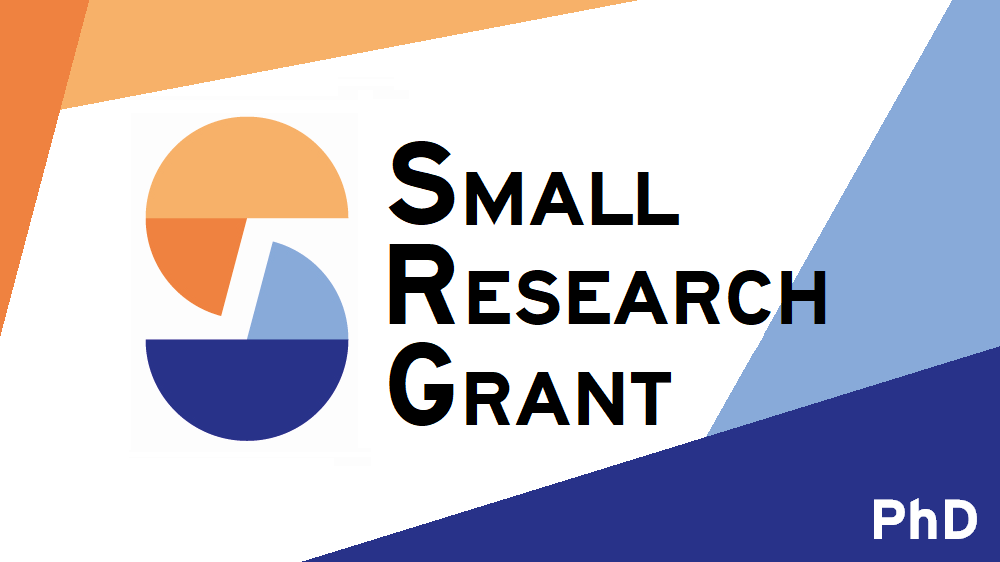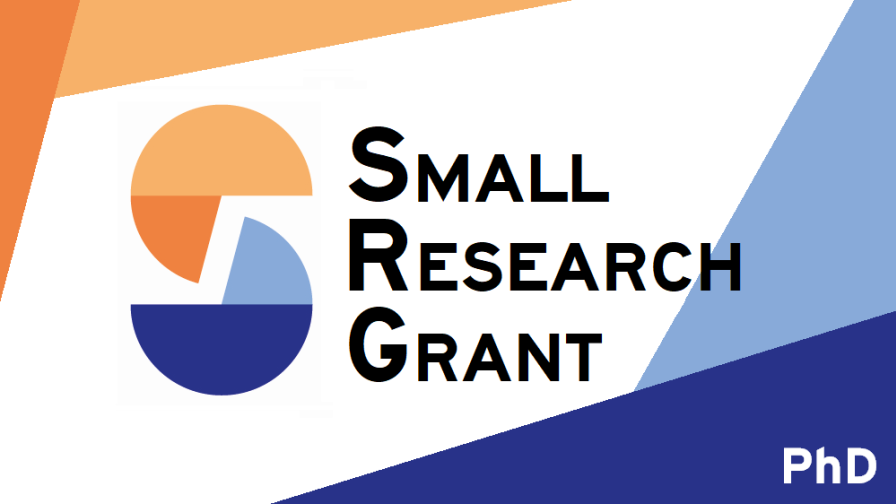Many theories of economic growth have at its core the idea that demand drives growth. For example, in innovation-based growth models, future expected market size provides the incentives to innovate (see: Aghion & Howitt 2008). Or in models of learning-by-doing, productivity gains follow demand-induced production increases (see: Thompson 2010). The importance of such demand-induced growth matters strongly for development policy; for example, whether developing countries should rely more strongly on domestic demand to drive future growth depends heavily on how much sources of growth this domestic demand can unlock. In this project, we test empirically whether demand induces growth looking at 25 years of structural change in India.
Testing whether demand drives growth is difficult because of a standard chicken & egg problem. Does a certain industry see high productivity growth because demand is high, which implies high returns to increasing productivity, or does demand simply react to higher quality and lower prices following productivity gains? To isolate the causal effect of demand on growth, this project exploits that over the course of development, future changes in demand across sectors, industries and products are actually highly predictable based on observable consumption patterns over the income distribution. The reason is Engel’s law: the empirical fact that many goods are consumed very differently by the rich and the poor. For example, richer households spend relatively more on services than on agricultural goods in comparison to poorer households. The same also holds within sectors. For example, relative demand for manufactured medicine and scooters increases with income, but declines for manufactured beverages. The study applies this idea to 25 years of household-level consumption data. Technically, it estimates product-level expenditure shares over the expenditure distribution (so-called Engel curves) in 1987, the first year of our data. The study then shows that if every household in 1987 would simply consume more like a richer household in 1987, implied demand changes predict actual demand changes well. The study then uses these predicted demand changes, which use no information on future changes in relative prices or productivity, as an instrument to understand how changes in demand impacted growth. For this, the study links consumption-level data to data on the production side. Specifically, it looks at industry-level data from India’s input-output tables and representative samples of manufacturing establishments (combining surveys on bigger registered and smaller unregistered manufacturing).
Preliminary results indicate that demand changes in India drove mostly a reallocation of economic activity, but did not lead to growth effects. For example, while output, capital, labour and intermediate inputs respond to demand changes, the study finds no clear increases for labour productivity, measures of total factor productivity, or variety growth. The preliminary results may thus caution against the idea that domestic demand will catalyse domestic development. The research team is currently working on validating these empirical results and better understanding which frictions might have prevented demand to drive growth in India over the past 25 years. As countries are seeking for alternatives to export-led growth strategies, better understanding how demand can catalyse future growth is key.

































































